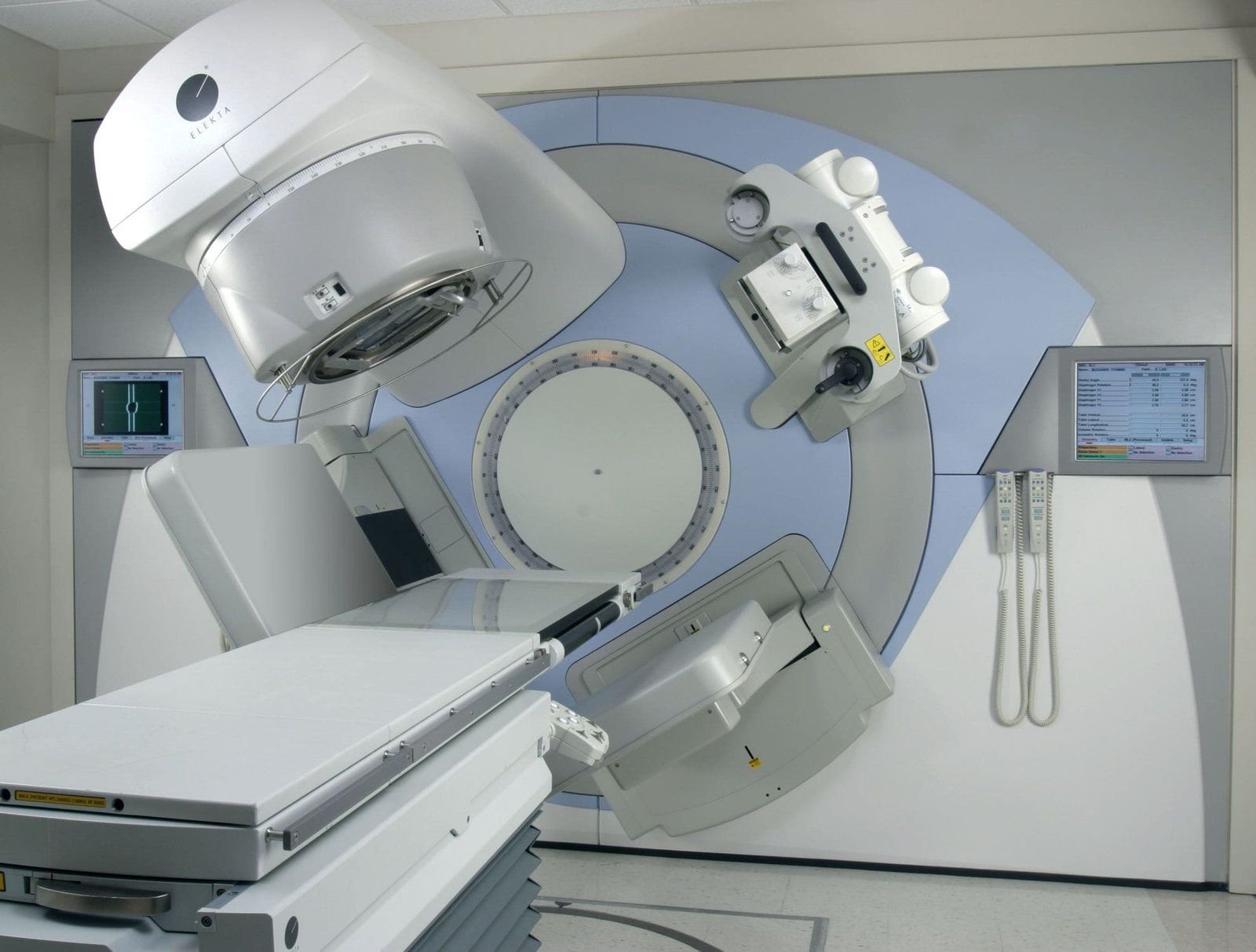Lumpectomy vs Mastectomy – What’s the
difference?
A lumpectomy, or ‘partial’ mastectomy, is the removal of only a portion of the breast – specifically the tumor and a normal rim of breast tissue immediately surrounding the tumor. This is an option for cancer treatment and is followed by breast radiation to lower rates of recurrence. The combination of ‘lumpectomy + radiation’ is frequently referred to as ‘breast conservation therapy’ or ‘BCT’.
A mastectomy is the removal of the entire breast. In many cases, this eliminates a patient’s need for radiation therapy.
Cancer considerations
The size and location of a breast tumor determine if a patient is a candidate for breast conservation therapy. When considering BCT, breast surgeons are weighing complete clearance of cancer with the maintenance of an aesthetically satisfactory breast. Though a mastectomy is always an option to treat breast cancers, most breast surgeons treat more than 50% of patients with breast conservation therapy.
When deciding between these two approaches, patients are counselled that BCT and mastectomy have equivalent outcomes with regards to survival, but that BCT is associated with a higher rate of local recurrence.
Cosmetic Considerations
In general, when deciding between these two
approaches, reconstructive surgeons are focused on optimizing the aesthetics of
the breast, including consideration of volume, shape, and symmetry.
If you are a candidate for either surgical option, the tumor size and breast size are the main variables we consider when determining the most optimal cosmetic approach for you.
If the tumor is small and the breast is large, then only a small percentage of the breast would need to be removed. In such a case, BCT is often a good choice. If needed, the other breast can be reduced or lifted for purposes of symmetry. It is important to note, that the final appearance of the cancer breast may be impacted by radiation therapy. In the long-term radiation can cause volume loss and skin tightening of the breast, these changes can impact symmetry over time.
For women with small or moderate sized breasts, even a small tumor could require removal of a significant amount of the total breast volume, leading to a breast deformity or significant asymmetry. In such cases, a mastectomy with reconstruction may provide a better cosmetic result. A balancing breast lift of the other breast can also be performed simultaneously for symmetry purposes. In some circumstances, radiation can be avoided after mastectomy, which eliminates the possibility of future asymmetry caused by radiation.



